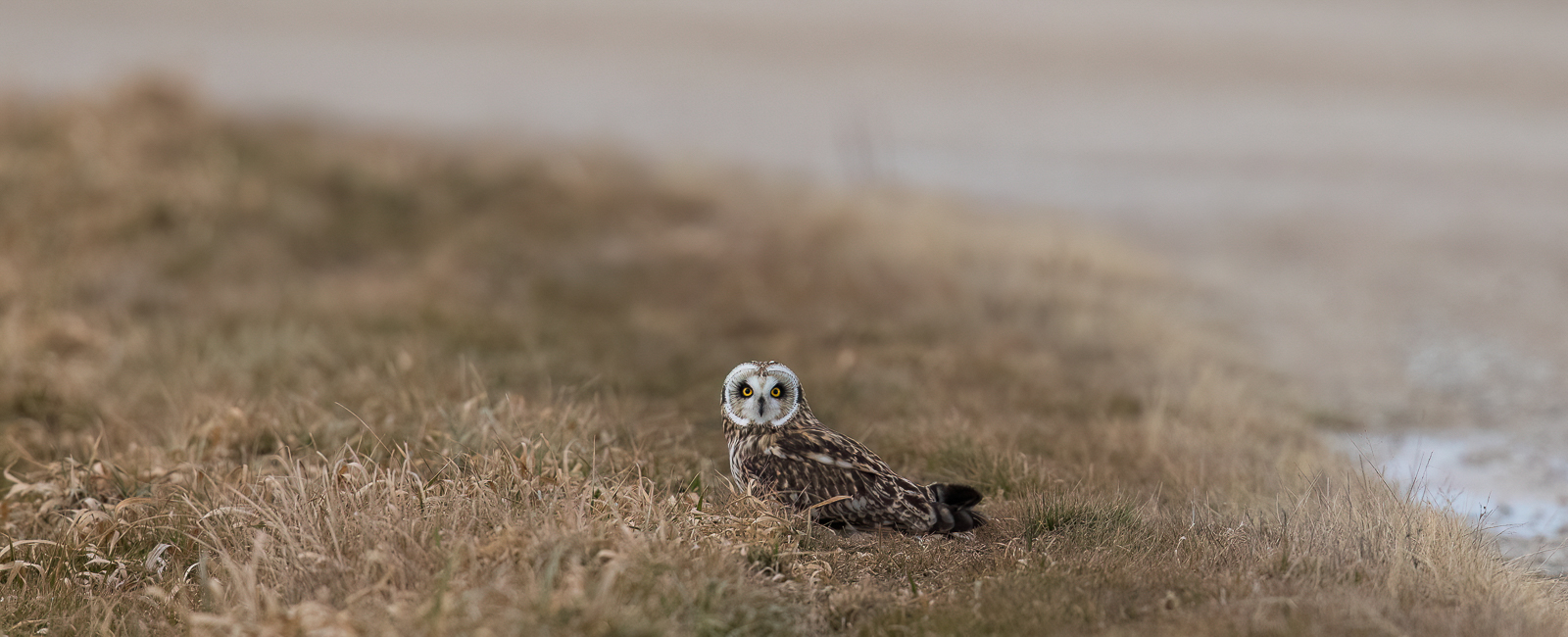In general the fall warbler migration has been pretty slow around the Milwaukee area. I’ve stopped at all the main parks along Lake Michigan, only to find very few warblers. I had pretty much given up on this falls warbler migration. The weather had been terrible, with northeast winds almost daily since the beginning of September, but all that changed last weekend. On Monday, 9/18, I left work early and went down to Lake Park, to try my luck. I had 13 warbler species in the afternoon, finally some action! On Wednesday, 9/20, I again left work early and went to Lake Park. I had 14 warbler species in the late morning and afternoon. I came back here again, on Friday 9/22, and spent the late afternoon there. I only had 10 warbler species that day, but it was really fun, because the birds were feeding on the ground until sunset. With the weather pattern continuing to be the same, I decided to come back at sunrise on Saturday and see if everything would continue to stick around. It sure did! I had 12 warbler species in just the few hours I was there. I also missed on two others, so really 14 were seen. I also came back this morning to see if I could find any others that may have escaped me for the week. This morning started out a little slow, but that’s because there was a Red-tailed Hawk, sitting in a tree on the golf course, eating a red squirrel. The hawk was extremely tame, especially since it was an adult. It hung out on the golf course for quite sometime, keeping the songbirds a little more quiet than usual. I didn’t stay very long this morning, but still had 10 warbler species. It was getting very hot and it’s football Sunday.
The weather will continue for the next couple days, and I think the birds will too. If you are interested in stopping at Lake Park in the next few days, it may be worth your while. Most of the warbler action is on the golf course, with at least 14 species being present all week long. Just follow the birds around the groups of trees, and watch out for golfers. There is also a pair of Black-throated Blue warblers, by the wooden bridge. For the week, I ended up with 18 warbler species, by far the best of this fall. Here is a list of warblers seen, this past week.
- Black-throated Blue Warbler- 2
- Ovenbird – 2
- Northern Waterthrush – 1
- Black-and-white Warbler – 2
- Tennessee Warbler – 8
- Nashville Warbler – 3
- Common Yellowthroat – 2
- American Redstart – 13
- Northern Parula – 1
- Magnolia Warbler – 5
- Blackpoll Warbler – 3
- Yellow-rumped Warbler – 6
- Wilson’s Warbler – 1
- Black-throated Green – 2
- Pine Warbler – 3
- Cape May Warbler – 3
- Bay-breasted Warbler – 2
- Palm Warbler (western) – 6































































